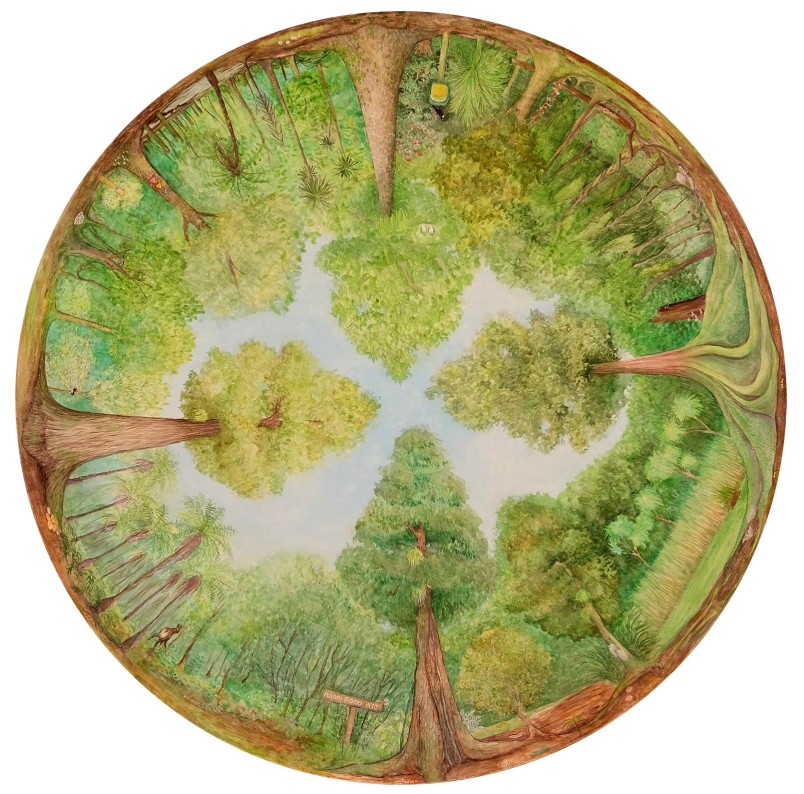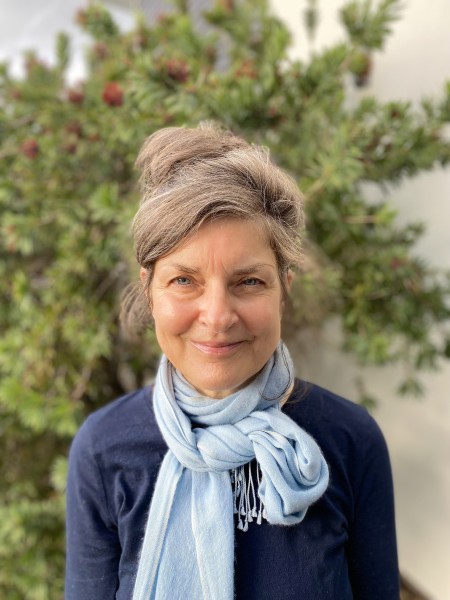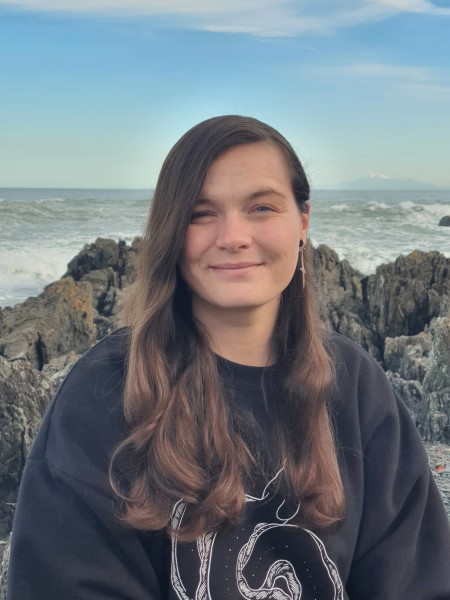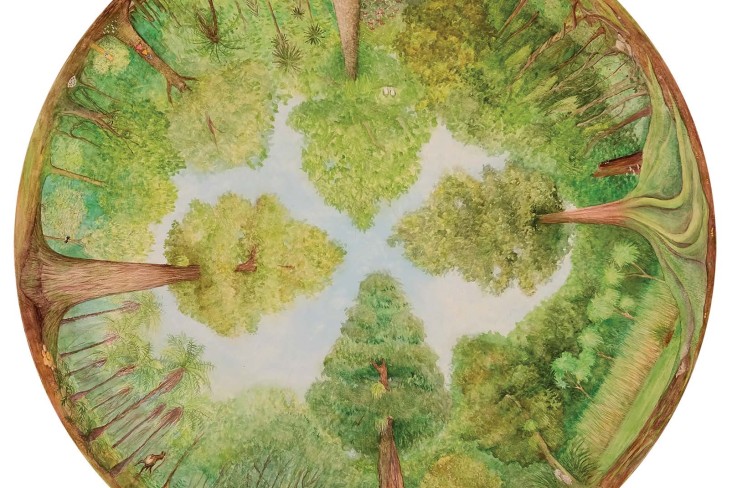Rangitīkei Reserves
Manawatū-Wanganui

Pūriri Rāhui by Anya Greenwood
Rangitīkei Rāhui
Writer: Jayne Workman
In tiny emeralds
strung along te awa,
Rangitīkei, Turakina, Mangahoe,
glinting between vast pastures,
hungry deer wander and fences fall.
Here, in glades of green,
under silken velvets of spongy moss,
mycelium meadows murmur,
delicate hyphae sensing into
forest’s leafy felt,
lacing earth with life.
Pūtōrino drift with flutter and song
over Ngā Wairiki rua kai
as fruits of fungal orchards,
jelly, pink and puff,
ripen, burst and pop.
Above, translucent finery
garlands Kahikatea,
slender stems wavering starward
from Mataī’s damask,
up where the Mother Tree sways.
Here, ancient wisdom’s told,
a storey at a time,
in tiny emeralds.

Writer Jayne Workman
Our first visit came on a sunny April morning that spoke more of late summer than approaching winter. Winding deserted, narrow roads from the Marton home of Michael Voss, Forest & Bird’s local reserves coordinator and our guide for the day, I was surprised how far we travelled, how tucked away they were. First, Sutherland’s Pūriri, then Pryce’s Rāhui, behind rusting decades-old gates.
Each of five, ranging from 7ha to 60ha, is a tiny pocket of ancient forest, miraculously preserved amidst the farmed landscape. These pristine ecosystems dot the Rangitīkei, Turakina, and Mangahoe like precious jewels, crowning the awa before they run out to the west coast’s driftwood-ridden beaches, south of Whanganui.
With their thicketed rooms and twiggy tunnels, swaying sun-spangled canopies and orchestral native birdsong, translucent ruby berries and towering kahikatea, tangled lianes and flamboyant fungi, their intricate embroider of countless ferns and centuries-old rua kai, these wondrous ngahere are a lesson in wisdom and beauty, cooperation, community, and generosity entwined over thousands of years.
Pulling up on a wet, wintry Wednesday night, outside Marton’s Friendship Hall, a warm glow emanating from frosted glass doors, I reflected how such qualities are mirrored here. At these monthly meets of Forest & Bird’s Rangitīkei branch, volunteers share progress and make plans for their vast mahi. Anya and I were welcomed like friends.
Together, great things have been achieved. But challenges remain. In this story of community, the invisible threads that connect and nourish us, an inspiring example is set. But it needs all of us. We must look within, inter-be. We’re all kaitiaki.
Pūriri Rāhui
Artist: Anya Greenwood

Artist Anya Greenwood
The four main trees species in my artwork are kahikatea, mātai, rimu, and tōtara. It is designed to spin, showing different perspectives of the forest. There is still much mahi to be done to help nourish our whenua, so I feel humbled to be involved. Sharing this hīkoi with Jayne highlighted the ways we can support each other in our passion for these reserves and beyond.
It reminded me of our responsibility to decolonise these spaces while sharing our interconnectedness. I hope this mahi toi will inspire us to return to te ngahere as kaitiakitanga. Tēnā koe!
Medium: Watercolour on wooden board.
Read more about Rangitīkei Reserves.

